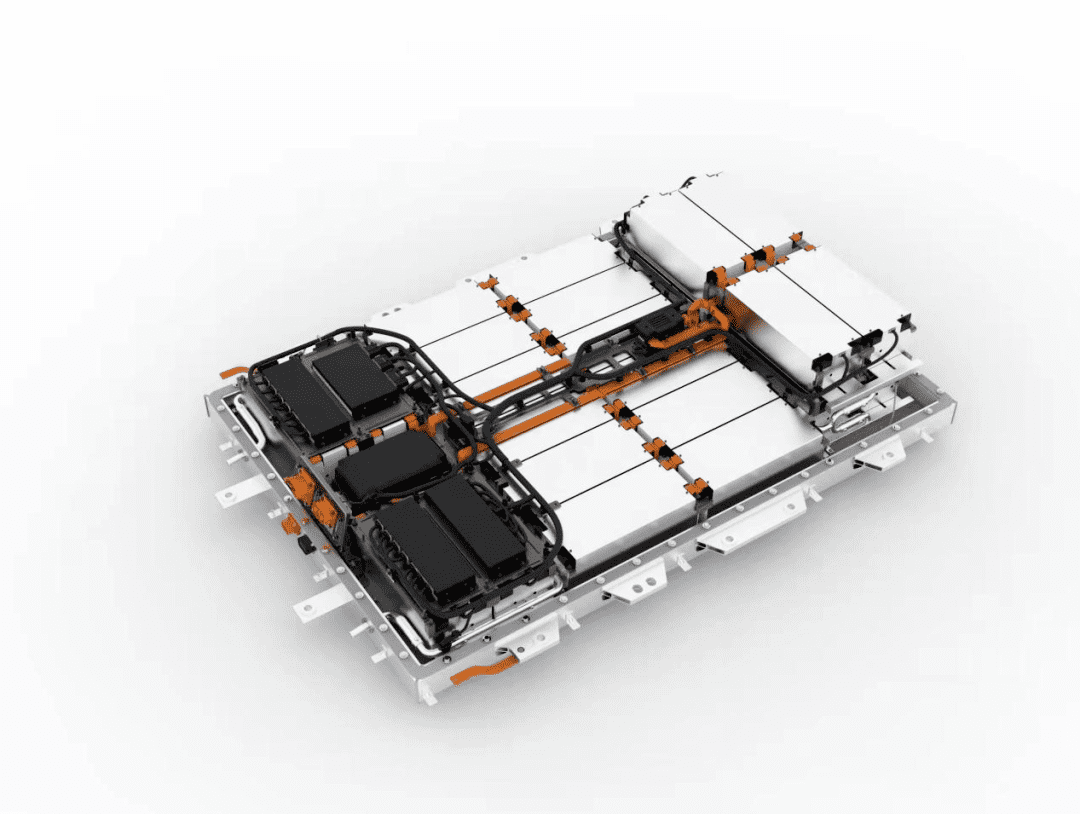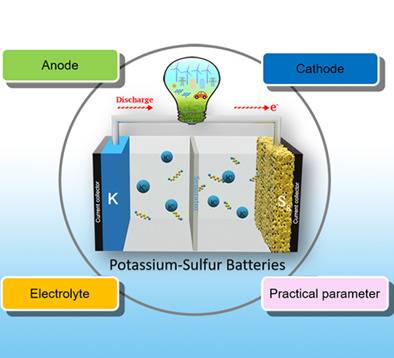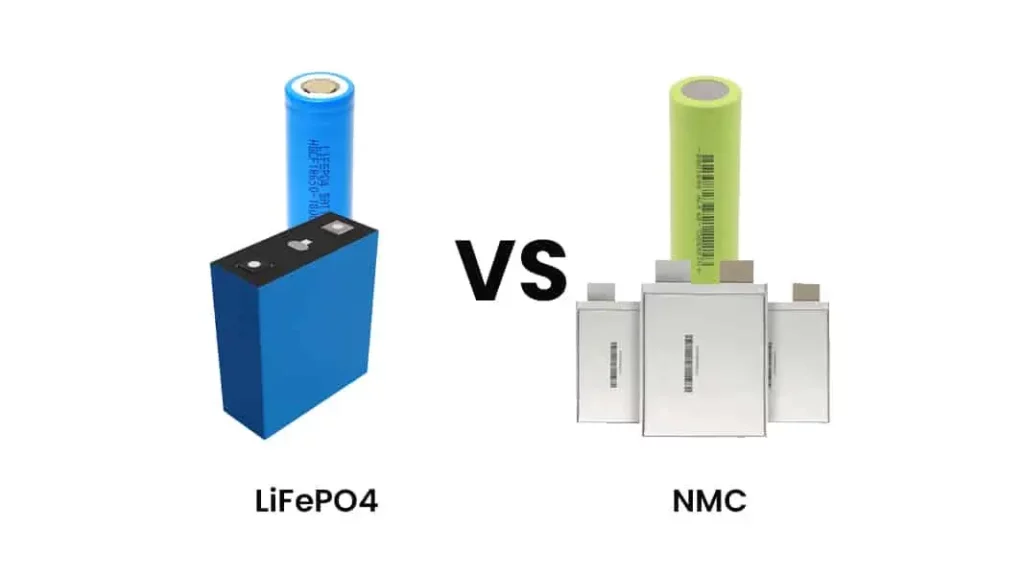Lithium-ion batteries are crucial for new energy vehicles (NEVs), providing efficient power while posing certain risks. Understanding how to protect these batteries ensures safety, longevity, and optimal performance. Key strategies include utilizing advanced safety features, proper handling, and adhering to regulations.
How do lithium-ion batteries ensure safety in electric vehicles?
Lithium-ion batteries incorporate several safety features designed to prevent hazards such as overheating and fires. These include built-in protection circuits that monitor voltage, current, and temperature to prevent overcharging and short circuits. Additionally, a porous separator within the battery prevents direct contact between the anode and cathode, reducing the risk of thermal runaway—a condition where the battery overheats uncontrollably.Chart: Key Safety Features of Lithium-Ion Batteries
| Feature | Function |
|---|---|
| Protection Circuitry | Monitors voltage and current |
| Porous Separator | Prevents direct contact between electrodes |
| Battery Management System | Controls charging/discharging processes |
What role does the battery management system play in protecting batteries?
The Battery Management System (BMS) is critical for maintaining battery health. It continuously monitors parameters such as state of charge, temperature, and voltage. By controlling these factors, the BMS prevents conditions that could lead to overheating or failure. This proactive management extends the lifespan of the battery and enhances overall vehicle safety.
How can thermal runaway be prevented in lithium-ion batteries?
Preventing thermal runaway involves several strategies:
- Optimized Design: Manufacturers design batteries with integrated cooling systems and heat isolation materials that dissipate heat effectively.
- Specialty Materials: Utilizing flame-retardant materials helps contain heat within cells.
- Impact Protection: Battery modules are often equipped with compression pads to absorb shocks from collisions or road vibrations.
Chart: Strategies to Prevent Thermal Runaway
| Strategy | Description |
|---|---|
| Integrated Cooling | Systems designed to dissipate heat |
| Flame-Retardant Materials | Materials that resist ignition |
| Compression Pads | Absorb mechanical shocks |
What protective measures are essential for enhancing battery safety?
To enhance battery safety, several protective measures should be implemented:
- Sealing: Proper sealing of battery enclosures protects against environmental hazards such as moisture and dust.
- Electrical Insulation: High-performance insulators prevent electrical shorts that could lead to fires.
- Regular Maintenance: Routine inspections can identify potential issues before they escalate.
Why is proper handling and charging critical for lithium-ion batteries?
Proper handling and charging are vital to prevent accidents. Overcharging can lead to lithium deposition on electrodes, increasing fire risk. Using chargers that comply with manufacturer specifications ensures safe operation. Additionally, training personnel on safe handling practices significantly reduces risks associated with damage or misuse.
What regulations govern the safety of lithium-ion batteries in vehicles?
Regulatory frameworks are being established worldwide to ensure the safety of lithium-ion batteries in electric vehicles. For instance:
- The European Union has set stringent standards for battery systems.
- The National Highway Traffic Safety Administration (NHTSA) is proposing new guidelines aimed at enhancing fire safety during normal operations and post-crash scenarios.
Latest News
Recent discussions have focused on enhancing safety protocols for transporting electric vehicles (EVs) by sea following incidents involving EV fires on cargo ships. The International Union of Marine Insurance (IUMI) emphasizes the need for improved fire detection systems tailored specifically for EVs. Research indicates that while fires can occur, they are not necessarily more dangerous than those involving traditional vehicles, highlighting the importance of effective risk management strategies.
Editor Comment
“Ensuring the safety of lithium-ion batteries in new energy vehicles requires a multifaceted approach involving advanced engineering, stringent regulations, and proper user education. As technology evolves, continuous improvements in design and safety protocols will be crucial in mitigating risks associated with these powerful energy sources.”
FAQ Section
Q: What causes thermal runaway in lithium-ion batteries?
A: Thermal runaway can occur due to overcharging, physical damage, or manufacturing defects leading to excessive heat generation within the battery cells.Q: How can I safely charge my electric vehicle?
A: Always use manufacturer-approved chargers, avoid overcharging by monitoring charge levels, and ensure proper ventilation during charging.Q: Are there specific regulations for EV battery safety?
A: Yes, various regulatory bodies worldwide have established guidelines aimed at ensuring the safe manufacturing, usage, and disposal of lithium-ion batteries.
















